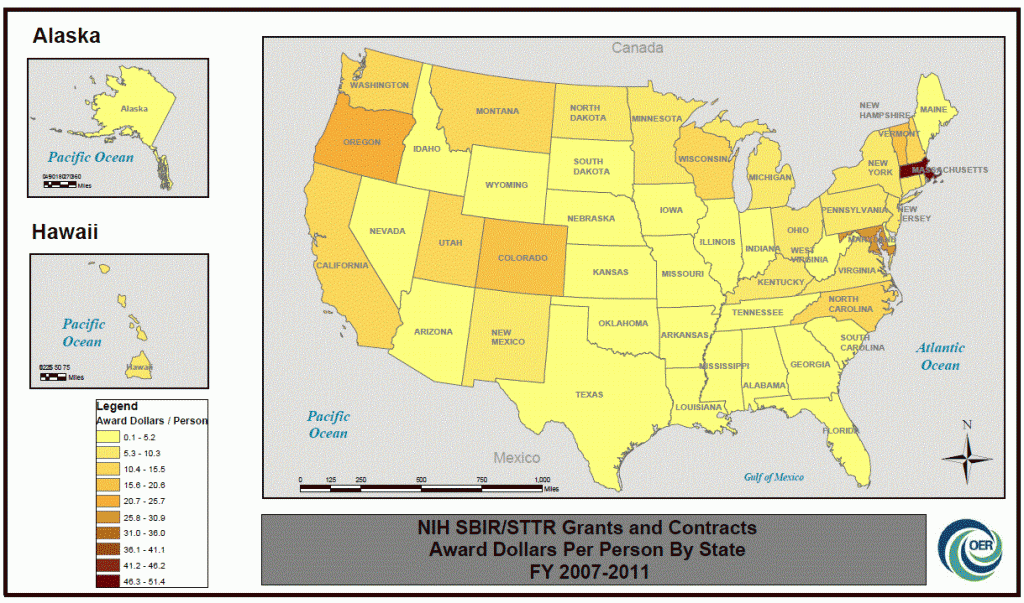1 Comments
While most of the conversation here on Rock Talk, particularly in the comments, is about research at academic institutions and non-profit organizations, NIH also funds researchers at small businesses. The Small Business Innovation Research (SBIR) program was established by Congress in 1982 — all Federal agencies with extramural research and development (R&D) budgets that exceed $100 million are required to allocate a percentage of their R&D budget to the program. In 1992 Congress established another program to support small businesses and commercialization of federally funded research. This program, the Small Business Technology Transfer (STTR) program, requires small businesses to formally partner with research institutions on their proposed research project. Federal agencies with extramural R&D budgets over $1 billion participate in the STTR program to support small businesses and to bridge the gap between federally funded research and the commercialization of the innovative technologies that grow out of basic science.
In late 2011, Congress reauthorized both SBIR and STTR programs through fiscal year (FY) 2017, and all SBIR/STTR agencies are currently discussing the details of implementing this legislation.
Here at NIH, we have always prioritized outreach about our SBIR/STTR programs to all states. My staff and I were curious how well NIH SBIR/STTR funding is distributed, and we wanted to share with you what we found when we looked state-by-state at SBIR/STTR award dollars across the United States from FY2007 to FY2011. The results are presented as a heat map in figure 1, below. Since highly populated states are likely to receive more funding, we normalized by population, and the map shows award dollars per person by state.
 As you can see, while some states stand out as having more SBIR/STTR funding per person and form hubs of small biotech enterprises, SBIR/STTR funding is more or less evenly distributed across the country. California and Massachusetts are known as large biotech hubs, but Massachusetts in particular is especially prominent in the map, due to its relatively small population in comparison to California (approximately 6.6 million versus 37.7 million, according to 2011 US Census estimates).
As you can see, while some states stand out as having more SBIR/STTR funding per person and form hubs of small biotech enterprises, SBIR/STTR funding is more or less evenly distributed across the country. California and Massachusetts are known as large biotech hubs, but Massachusetts in particular is especially prominent in the map, due to its relatively small population in comparison to California (approximately 6.6 million versus 37.7 million, according to 2011 US Census estimates).
Even correcting for population, we have a congressional mandate to increase funding in states receiving less R&D funding for small businesses, and we will continue our outreach efforts – not just increasing the quantity, but improving the quality of applications received by our SBIR/STTR program.
Whether it’s research by entrepreneurs or academics, NIH values the contributions of all of the research community – it’s good to see we’re supporting research in every state, but we will continue to work even harder to promote scientific research all across the nation.



I work with a small but growing number of tech firms in Arkansas who utilize SBIR grants to take ideas from the lab to the market. Many of these innovations greatly impact the quality of life of a relatively small group of individuals and their families. While the absolute number of people in these particular markets are small, the improvements in their lives are truly life-changing. Hopefully NIH and other SBIR grantors will consider the impact of innovations as well as the addressable market size in reviewing funding applications. Thank you for your sponsorship of small business research.